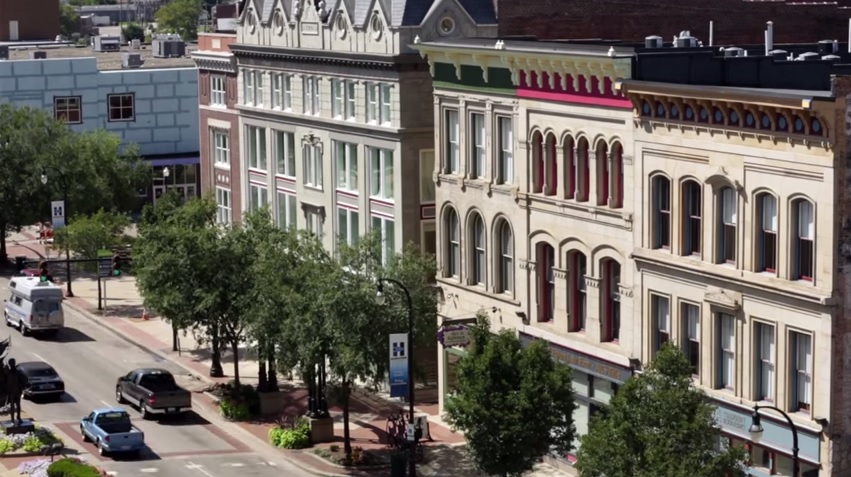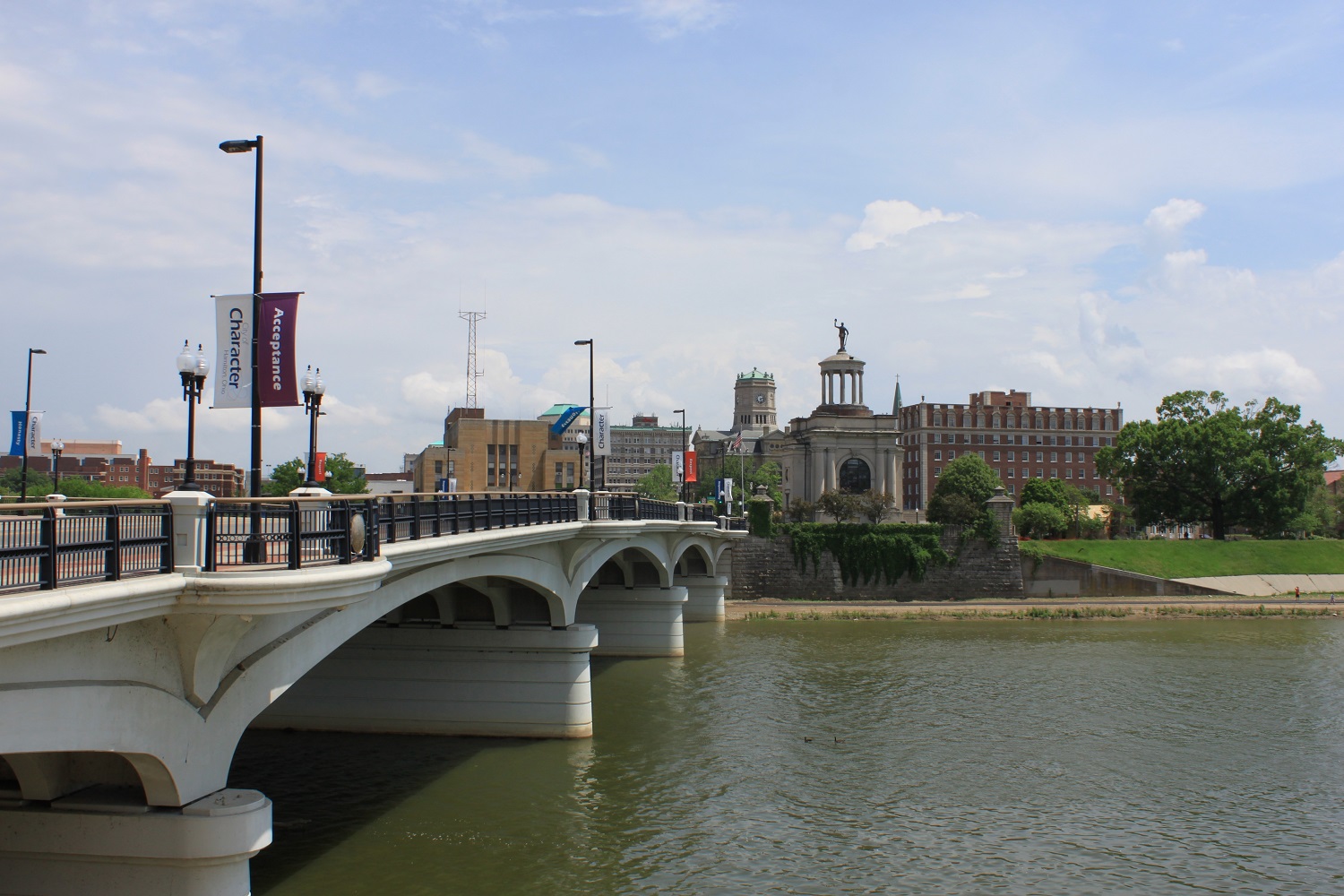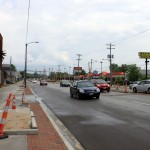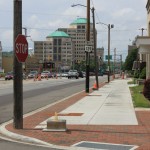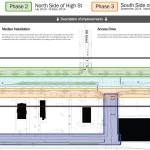Last month, the City of Hamilton was recognized for its built projects by the US EPA as one of three National Awards for Smart Growth Achievement in 2015.
The awards are given annually to three local government entities that embody the spirit of smart growth by embracing policies and strategies that re-utilize existing infrastructure, protect the environment, provide inclusive mixed-income housing, and strengthen local economies.
In the selection process, Hamilton was specifically singled out for a public-private partnership with Historic Developers, LLC that resulted in three redevelopment and preservation projects. This included Mercantile Lofts, Hamilton’s first new downtown housing in decades, and the conversion of the Journal-News’ former offices into an arts and dance studio that now houses the Miami Valley Ballet Theatre.
Officials say that the partnership leveraged just over $17 million to spark an additional $15 million in investment at adjacent properties.
Over the past five years, these initial projects have been a part of more than $65 million in direct investment, by both local and regional developers, along downtown Hamilton’s High Street corridor.
This award follows numerous others that have been given to the city by other organizations, including the International Economic Development Council’s Excellence in Economic Development awards in 2013 and 2014.
The other two cities recognized in this year’s National Awards for Smart Growth Achievement were Newark, NJ for its revitalized riverfront park, and Jackson, TN for its Jackson Walk mixed-use development in its completely rebuilt downtown district.
